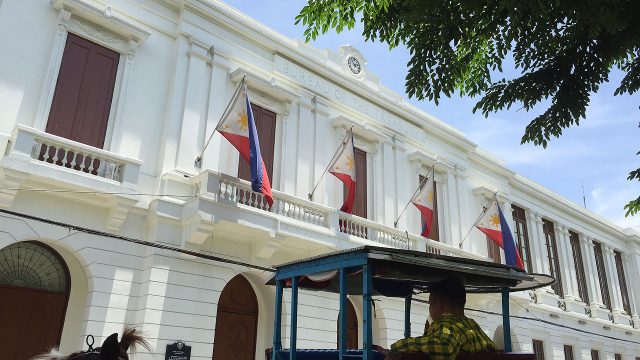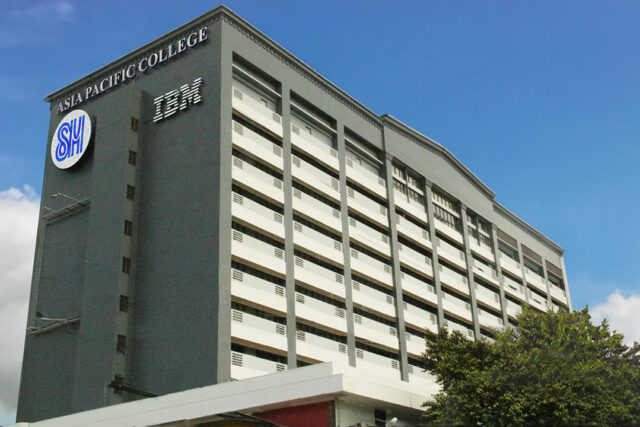Southeast Asian countries may need to ramp up their US purchases

MAJOR Southeast Asian economies may need to ramp up purchases from the United States, as they seek relief from steep US tariffs, a DBS Bank report said.
In a report released on Monday, the Singapore-based bank said six Association of Southeast Asian Nations (ASEAN) member-countries are facing the steepest tariffs imposed by the US.
“The method behind the flurry of tariff measures announced by the US on April 2 is simple — the more a nation is reliant on US markets, the more tariffs they face,” DBS said.
“From there it should follow that the only way a country can see tariff relief in the future is by buying more from or selling less to the US,” it added.
ASEAN-6, which is comprised of Indonesia, Malaysia, Philippines, Singapore, Thailand and Vietnam, is facing potential 27.5% increase in US tariffs on average.
“The region might seek to step up purchases from the US, for instance agricultural inputs, machinery, aircraft, energy and defense, to balance the trade gaps,” DBS said.
The US began implementing a baseline tariff of 10% on imports from most countries on April 5. A higher reciprocal tariff on individual countries will be implemented starting April 9.
The Philippines faces a 17% tariff on its exports to the US.
However, compared to its regional neighbors, the Philippines’ tariffs are among the lowest, only second to Singapore, which faces a baseline rate of 10%. Vietnam bears the steepest tariff at 46%, followed by Thailand (36%), Indonesia (32%), and Malaysia (24%).
ASEAN-6 should strike up agreements to mitigate the impacts of these tighter duties, it said.
“Regional governments are likely to initiate bilateral discussions and seek concessions with the US administration as the scale and scope of reciprocal action become clearer,” it said.
“A broad range of conciliatory options include diplomatic and other economic steps — bilateral trade agreement or critical minerals agreement,” it added.
Even prior to the tariff proposals, the Philippines has been seeking to secure a bilateral free trade agreement (FTA) with the United States. Among ASEAN-6, only Singapore has an FTA with the US.
However, DBS cited the lack of reliability of the United States when it comes to upholding agreements it makes.
“Such gestures may still fall short of providing meaningful relief. The playbook for most Asian economies ought to be to combine remaining open to the US while pushing for greater integration with the rest of the world.”
For the Philippines, DBS said electronic exports are likely to be the most impacted, as they form the bulk of the country’s exports.
In 2024, the Philippines exported $12.14 billion worth of commodities to the US. Of the total, over half or 53% or $6.43 billion were electronic products, including semiconductors.
However, the US exempted semiconductors from the new tariffs.
DBS also cited the potential impact on apparel, footwear and textile products.
“The country aims to push for higher farm exports to the US, seeking to displace countries in the region which have higher rates,” DBS added.
However, DBS said a reduction in tariffs for US goods in the absence of an FTA may be difficult.
“A unilateral reduction in tariffs to accommodate US demands (without an FTA) might be challenging given the need to level the playing field with all the countries under the most-favored nation (MFN) terms,” DBS added.
ASIA OUTLOOK
For the overall Asia region, DBS flagged the potential spillovers from these tariffs, which could weigh on growth and inflation.
“If tariffs stay the way they are for the rest of the year, core personal consumption expenditure (PCE) inflation could readily exceed 3.5%, while household income and consumption will be dented, especially for those at the low end of the income spectrum.”
It also cited the possible downside of 50-100 basis points (bps) to real GDP growth.
“There is another, more adversarial, scenario. If trade war intensifies with additional tariffs and retaliations, and financial market correction worsens, US recession risks will rise considerably.”
“This will especially be the case if the US ratchets up secondary tariffs (penalty on nations for buying goods from countries under US sanctions) and China/EU take aim at the US services exports.”
With this, DBS said there is a 45% probability of “below-trend growth and above-trend inflation” in Asia.
It also flagged the 35% probability to a US recession scenario, which would “drag down the outlook of Asia’s exports-dependent economies.”
“The Fed will face pressure to cut interest rates even if inflation remains well over its target. Global financial stability could also be at stake,” it added. — L.M.J.C. Jocson



















